
- As of 5500 years ago, most of Tianjin was still a vast ocean. Later, as the climate cooled and the sea receded to form land, and after more than a thousand years of sediment deposition from rivers such as the Yellow River, today’s plain was formed.
- Here, the view is wide. Most areas are below 5 meters above sea level, and the plain area accounts for about 94% of the city. Rivers and canals are everywhere here, and many tributaries of the Haihe River converge here and flow into the sea.
- During the Western Zhou Dynasty, people from the vassal state of Yan lived here. The first area of Tianjin – Jibao area (the collective name for today’s Jizhou and Baodi and other places) made its debut.
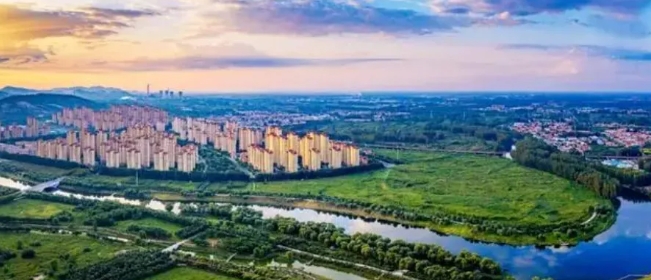
Tianjin South Canal
-
As time passed, when Emperor Yongle of the Ming Dynasty moved the capital to Beijing, Tianjin, which is close to Beijing, was also set up as a garrison and a city was built, becoming the “ferry crossing for the emperor.” The grain for military supplies at the border defense was transferred by Tianjin Garrison. A new era is about to begin. It is the central area that leads this era.
-
Here, taking the Haihe River as the main vein, due to the need for military provisions and the digging of canals several times in the past, the site of the Ming Dynasty garrison city where many rivers converge was selected at the Sancha River Estuary. Waterways bring wealth. Rich merchants from all over the place moved here one after another, and a vigorous urban construction kicked off.
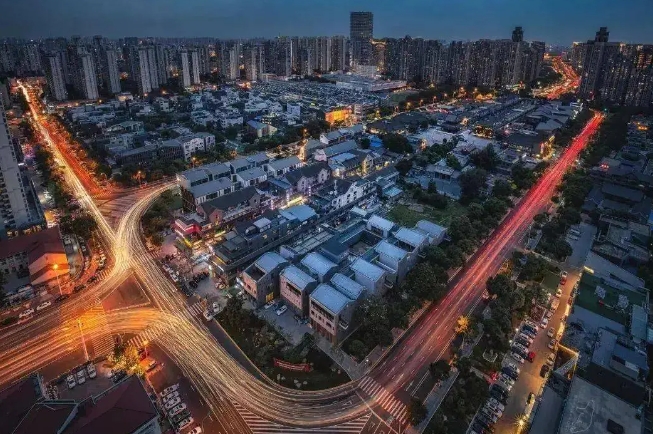
- The powerful Westernization Movement failed to 挽回 the decline of the Qing Dynasty. The great powers coveted Tianjin’s excellent trading port and its location as the gateway to the capital, and scrambled to dump goods and plunder resources here. They established the “Nine National Concessions” in Tianjin and demolished the old city walls and turned them into roads.
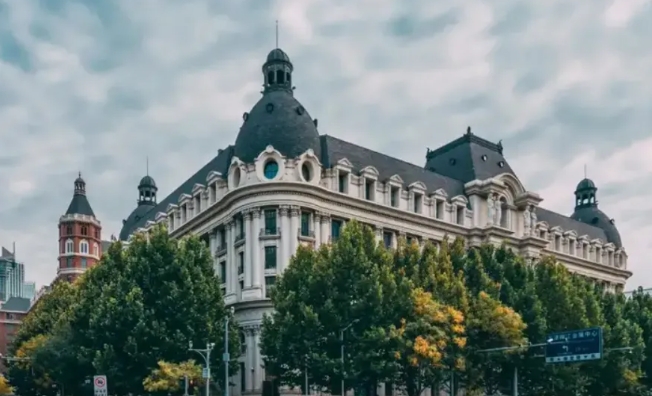
The Blending of Chinese and Western Cultures in Tianjin’s Concessions
- In 1984, the country decided to establish 14 coastal open cities, connecting China’s coastline from Dalian to Beihai to form a frontier zone for opening up to the outside world. As one of them, Tianjin needs another vast piece of land for further development, and this is the Binhai area.
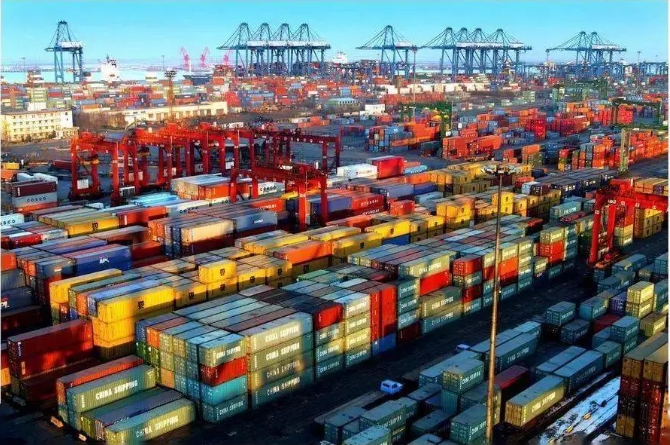
Tianjin Port is an important shipping hub in northern China.
-
The Dule Temple located in Jizhou District has survived several earthquakes including the Tangshan earthquake and has become the oldest existing wooden structure attic building in China.
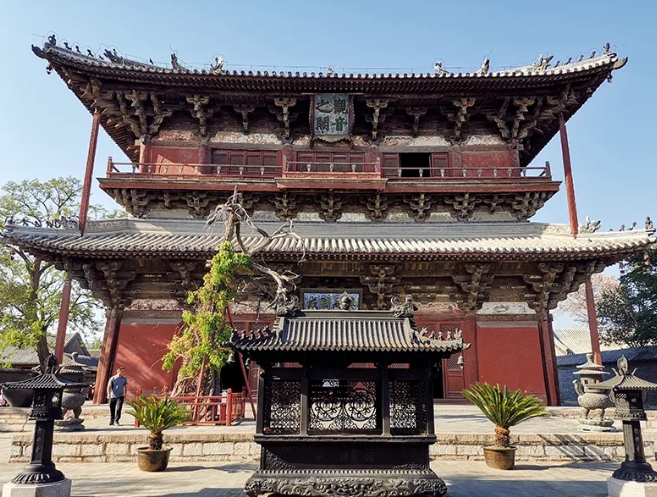
Dule Temple in Jizhou District
-
Panshan Mountain is located in the northwest of Jizhou District, Tianjin City. It is a national 5A-level scenic area. This scenic area was first recorded in the Han Dynasty, flourished in the Tang Dynasty, and reached its peak in the Qing Dynasty. Natural landscapes and historical sites are equally famous. Emperor Qianlong of the Qing Dynasty visited Panshan Mountain 32 times successively and left 1702 poems praising Panshan Mountain. He also uttered the exclamation, “If I had known there was Panshan Mountain, why would I have gone to the south of the Yangtze River?”
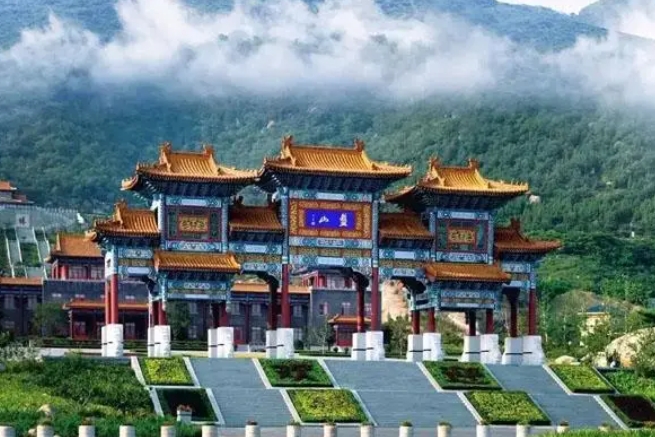
Panshan Mountain, a national 5A-level scenic area.
-
Tianjin Minyuan Square, located at No. 83, Chongqing Road, Heping District, Tianjin City, once witnessed the glorious moments of Tianjin football. Now it has become a paradise for citizens to take walks and relax. The Five Avenues where it is located is also known as the “Exhibition of International Architecture” because it has garden-style buildings with different national architectural styles from the 1920s and 1930s.
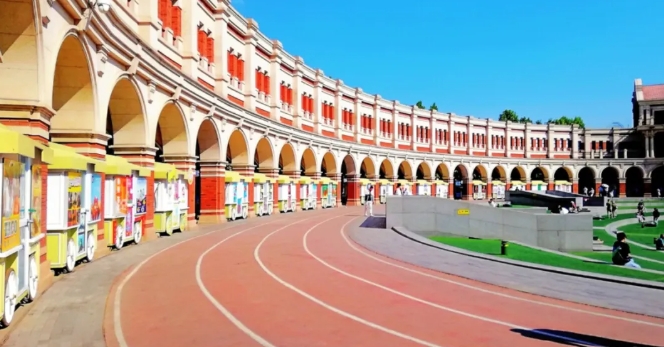
Tianjin Minyuan Square.
-
The Italian Style Area is the only large-scale modern Italian-style architectural complex in the world outside Italy. The lush green trees and the red-roofed foreign-style houses set each other off beautifully, making people linger and forget to return.
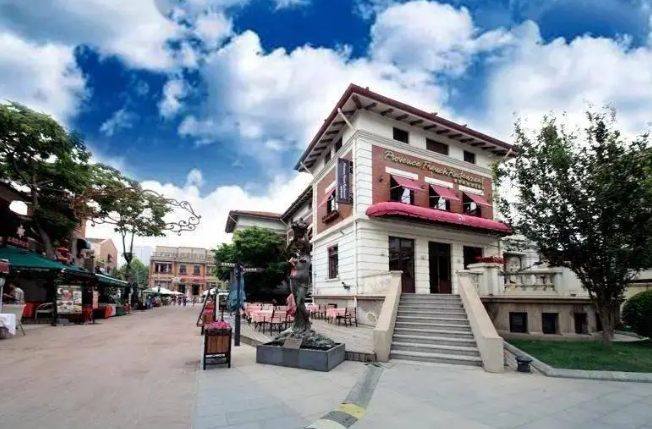
Italian – flavored Scenic Area
-
With a total height of 415.2 meters, the Tianjin Radio and Television Tower ranks sixth in the world and fourth in Asia. It is one of the ten scenic spots in Tianjin, with the scenic name “Tianjin Tower with Clouds Spinning.”
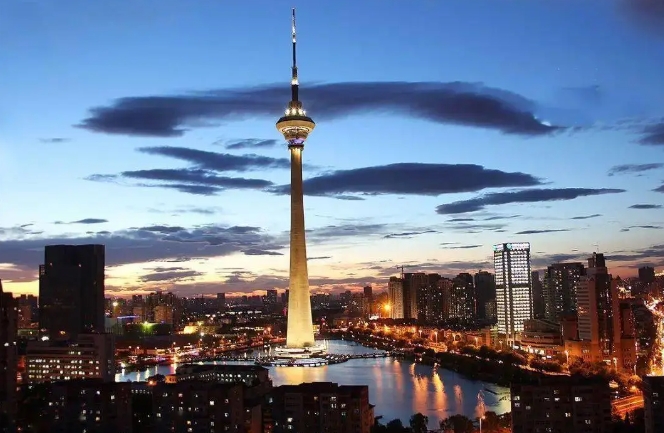
Sky Tower with Circling Clouds.
-
The Tianjin Eye is the world’s only Ferris wheel for viewing scenery on a bridge. It spans the Haihe River and connects Hebei District and Hongqiao District. It is a Ferris wheel that is built across the river and integrates the bridge and the wheel.
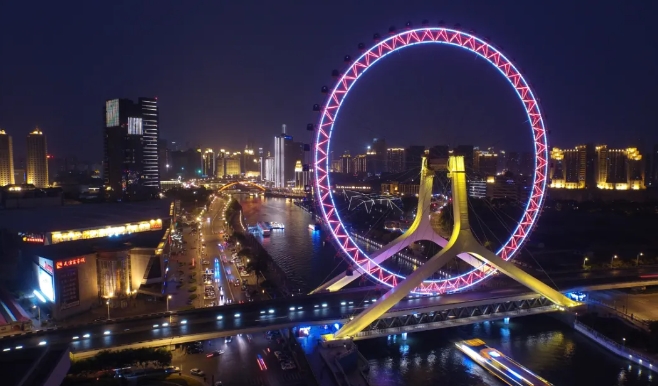
The Tianjin Eye.
-
Within the jurisdiction of Tianjin, above the Haihe River, one magnificent bridge after another spans the Haihe River. “One bridge, one scenery” – the only “Tianjin Boat” in China; the unique “Sun and Moon Double Brilliance” in the world; the “Time Tunnel” spans above the Haihe River; 68 “petals” bloom in the sky above the Haihe River…
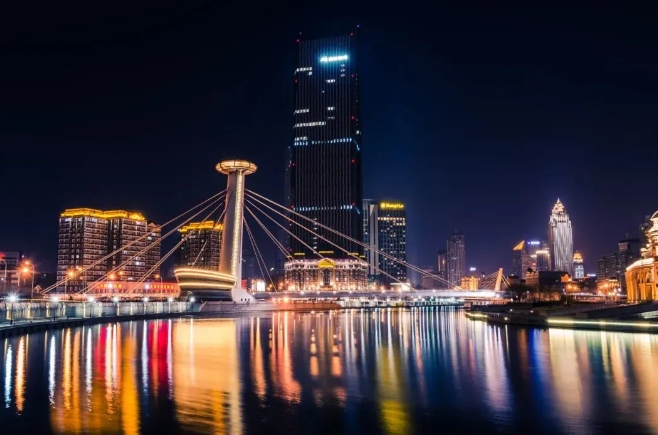
-
As one of the ten scenic spots in Tianjin, Tianjin Ancient Cultural Street has always adhered to the characteristics of “Chinese flavor, Tianjin flavor, cultural flavor, and ancient flavor.” There are nearly a hundred stores in the ancient cultural street, which is a concentration of Tianjin’s time-honored brands and folk handicrafts.
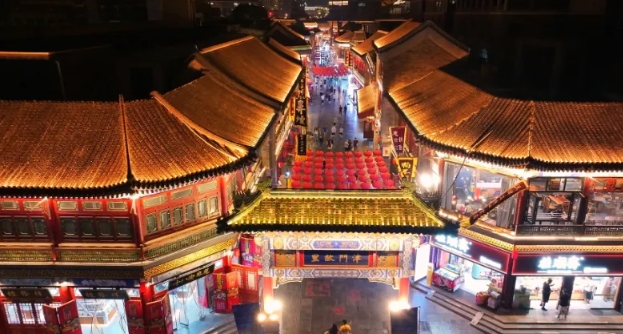
Tianjin Ancient Cultural Street.
-
Jinwan Square is located by the Haihe River. Here, the coming and going tourists touch the endless and colorful beauty of Tianjin.
-
The Shi Family Courtyard reflects the unique style of residential architecture in the Qing Dynasty. Located in the center of the thousand-year-old ancient town of Yangliuqing, it was once known as “the first family in Tianjin” and “the first residence in North China”. From it, one can fully appreciate the delicacy of traditional residential architecture.
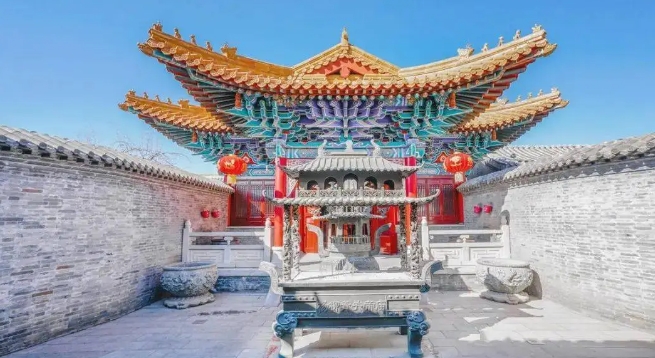
The Shi Family Courtyard.
-
The design concept of the library of Tianjin Binhai New Area Cultural Center is “Eye of Binhai” and “There is a way to the mountain of books if one is diligent”. With its science fiction-like shape, it successfully won the honor of the most beautiful library in China when it was unveiled and became an “internet celebrity”.
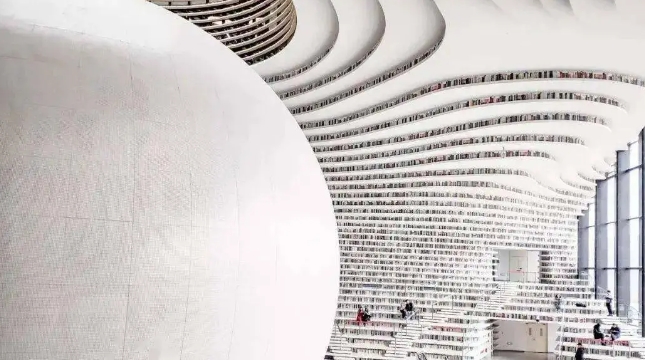
Library of Tianjin Binhai New Area Cultural Center.
-
Worried about not being able to eat warm breakfast in winter? In Tianjin, don’t worry! The catering convenience vehicle of “Metro e Station” launched by Tianjin Metro. As long as you place an order with one click through the “Tianjin Metro APP”, you can immediately receive the preheated meal when you walk out of the subway station.

The “Metro E-Station” catering convenience vehicle launched by Tianjin Metro.
-
The face recognition function for riding on Tianjin Metro is fully launched. Citizens can experience the convenience of passing through the gate without feeling by enabling this function through the “Tianjin Metro APP”.
-
In recent winters, the heating in our Tianjin will start heating in advance and extend the heating period. This is enough for us to show off in our Moments!
-
In the Tianjin Drum Tower tourist area, there is a 24-hour smart bookstore that leaves a lamp for readers who are still awake late at night. This smart bookstore full of modern technological sense realizes the 24-hour unmanned and intelligent operation of the bookstore through the organic combination of RFID technology, Internet of Things and intelligent management, bringing readers a brand new reading experience.
-
Tianjin University is the first modern university in China. Here there is the most beautiful “Begonia Season” in Tianjin.
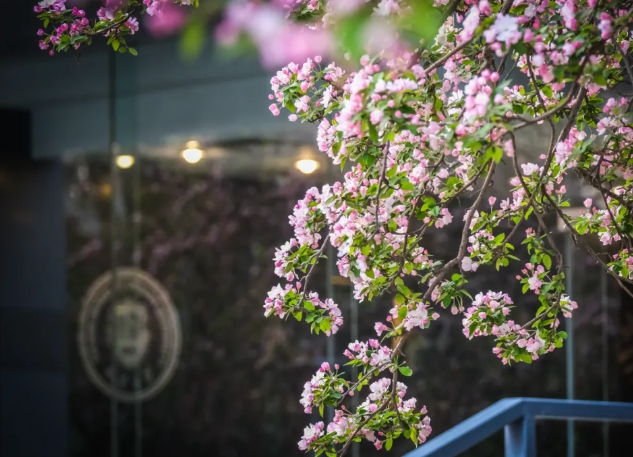
Tianjin University.
-
Nankai University is the alma mater of the beloved Premier Zhou Enlai. The scene of “Centennial Nankai” filmed in “Aerial China” once went viral on the whole network.
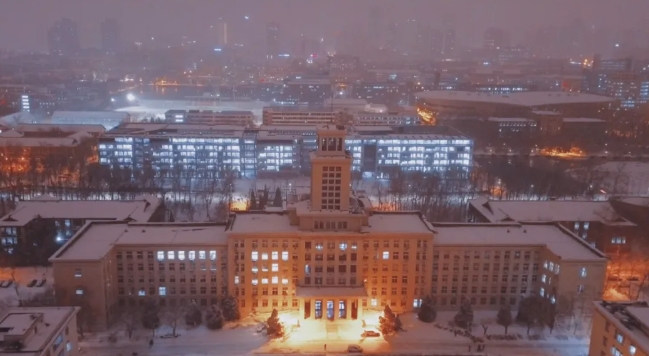
Nankai University
-
Tianjin University of Traditional Chinese Medicine has the largest traditional Chinese medicine botanical garden in the country, the most advanced traditional Chinese medicine science and technology park in the country, and an international education center for traditional Chinese medicine with international influence. And the president is the People’s Hero – Zhang Boli!
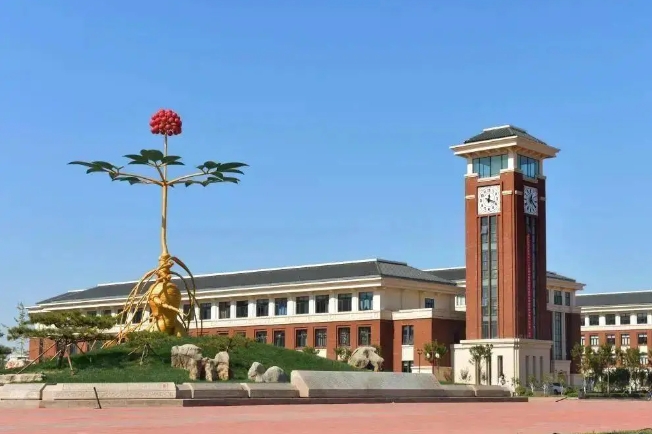
Tianjin University of Traditional Chinese Medicine
-
Tianjin Academy of Fine Arts was formerly known as Beiyang Women’s Normal School. It is one of the earliest public institutions of higher learning in China. Every year’s graduation exhibition is comparable to a fashion blockbuster!
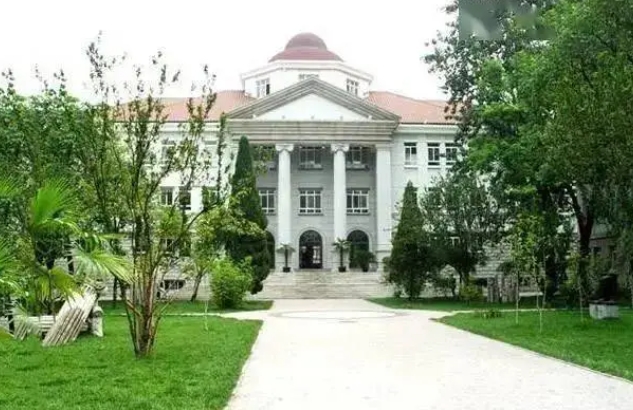
Tianjin Academy of Fine Arts
-
The “everything can be sandwiched in a big pancake” in Tianjin is always a mysterious existence. In a pancake, it seems that everything can be sandwiched. Chicken steak, beef steak, vegetarian skewers, spring rolls, lotus root clips, quail eggs… Only things you can’t think of, nothing it can’t sandwich!
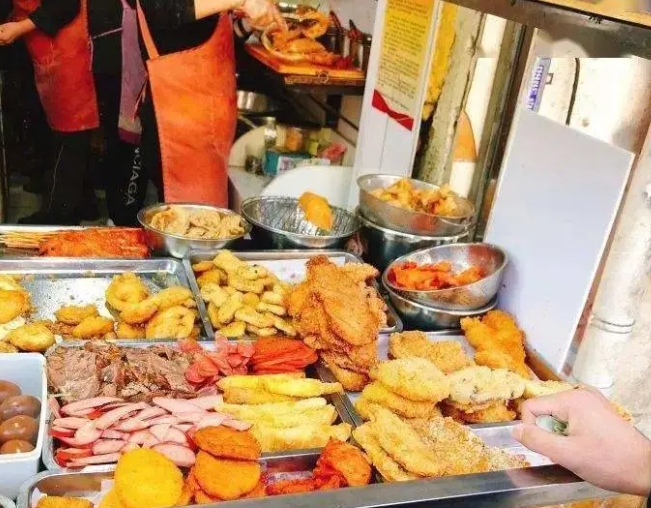
In Tianjin, big pancakes can hold everything.
-
In Tianjin, having breakfast is a sense of ritual. Tianjin people never worry about what to have for breakfast because there are just too many kinds! Pancake果子, Guobacai, old tofu, soybean milk,果子, sugar crust, bean buns, wontons…
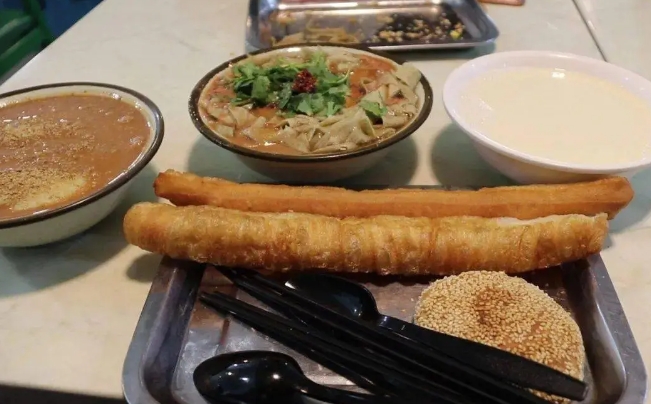
Tianjin breakfast
-
In addition to breakfast, the noodles fished out from the pot in Tianjin are also the soul of Tianjin diners! All the happy things of Tianjin people are closely related to the noodles with four side dishes. Marriage, birthday celebration, having a baby, moving to a new house… And various seasons also take the noodles with four side dishes as the node. Noodles in dog days, noodles on the second day of the lunar month, and the noodles for welcoming back after seeing off.
-
As northerners, Tianjin people naturally have a special preference for pasta. Probably every Tianjin child has a delicious meat dragon in their memory! In addition, flatbread with salted vegetables, jujube rolls, silver thread rolls, steamed buns… Which one of these tastes of mom do you like the most?
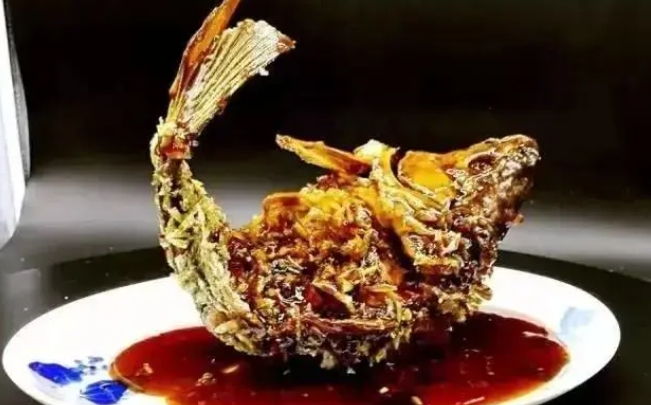
Fried carp with a net.
-
Do you know what Tianjin dishes are generally loved by authentic old Tianjin people? Braised carp leaping from the net, Tianjin braised pork, three-shredded dish, sautéed fish slices, eight-treasure tofu… Dada thinks that probably everyone has a favorite hometown dish in their heart. In fact, although our Tianjin cuisine may not have any great reputation, it really can’t be cooked to taste right by just anyone. Large portions, good taste, and few vegetarian dishes are our characteristics!